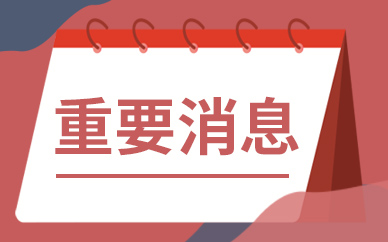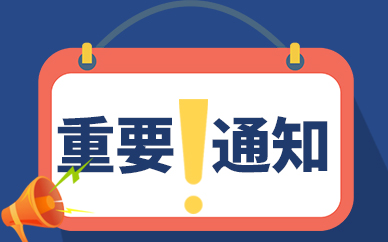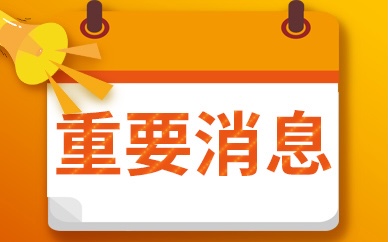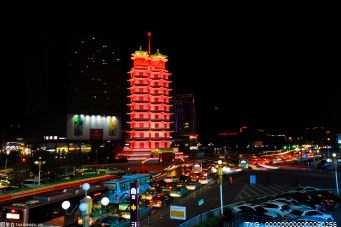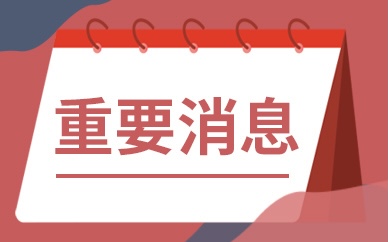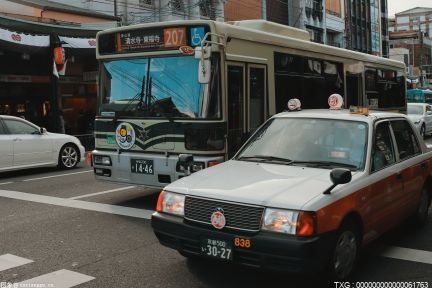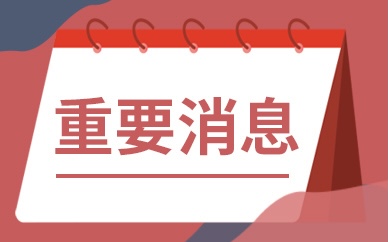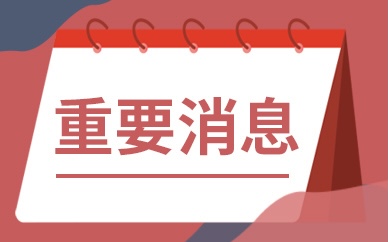By Yang Xiujuan and Shaw Wan
 (相关资料图)
(相关资料图)
Beijing, January 1 (TMTPOST) — Almost every Chinese express company wants to capture a larger slice of the logistics market in Southeast Asia. Leaked documents about a “Wolf Warrior Plan” of Chinese express company SF Express showed that the firm planed to motivate salespeople with cash bonuses to increase sales volume. In October, the company started delivery services in Singapore, Malaysia and Thailand. ZTO Express, another Chinese courrier service provider, signed a strategic cooperation agreement on flower transportation in the same month with a Thai company to collaborate on cold chain logistics from China to Thailand, Myanmar and Cambodia. And half a year before that, YTO Express expanded its business to the Philippines, in addtion to Thailand. Other major Chinese logistics companies like Alibaba-owned Cainiao Logistics and JD Logistics, a subsidiary of China’s retail group JD.com, have also built warehouses and started special airlines in Southeast Asian countries.
Their expansion came as Chinese e-commerce giants like TikTok and Alibaba have been growing their Southeast Asian arms. However, it has never been an easy job for Chinese logistics to acquire new markets, when faced with domestic players and international competitors.
Forays Into Southeast Asia
The domestic logistics market is crowded.
According to the Research Report on Market Competition Analysis and Enterprise Competition Strategy of Chinese Delivery Companies by Qianzhan Industry Research Institute, from 2015 to 2016, many new players joined the market, resulting in shrinking market concentration Or to put it more simply, the competition became more fierce. In the next a few years, small and medium-sized enterprises phased out. As of now, the top players are SF Express, STO Express, YTO Express, Yunda Express, ZTO Expresss, BEST Express, JD Logistics and China Post.
“The domestic delivery market has begun to saturate, leading to a fierce price war. Therefore, for logistics companies, going overseas can a pretty good choice. For the listed ones, they can avoid competition while telling convincing stories to shareholders. This is the so-called blue ocean strategy,” said Zhao Xiaomin, a logistics expert.
In 2010 , Chinese logistics firms started their journey overseas. SF Express set up an office in Singapore. Many other companies jumped on the bandwagon from 2017 to 2019. In 2018 , YTO Express opened the first Southeast Asian route, and jointly developed the China-Laos railway freight market with Yunnan International Express. The next year, SF Express spent $4 million in the strategic investment of KOSPA Limited, a logistics company in Myanmar, and then acquired Kerry Logistics, a leading express company in Southeast Asia. As for Best Express, the company listed internationalization as one of its five major strategies, with Southeast Asian market being the strategic focus.
Why did they pick Southeast Asia as their first stop? Unlike the Europe and the U.S., there isn’t a mature logistics system. In the meantime, e-commerce has been booming there. According to the "Research Report on the Development of Cross-Border E-Commerce in Southeast Asia" released by Zhejiang E-Commerce Promotion Association, in the past five years, Southeast Asia has been one of the fastest growing e-commerce regions in the world. In 2020, the average daily e-commerce orders in Southeast Asia exceeded 5 million, according to a joint report by Google and Temasek. The number of active e-commerce users increased to 150 million. In 2021, the market scale of e-commerce in Southeast Asia exceeded $120 billion, a year-on-year increase of 62 percent. It is estimated that by 2025, it will be over $230 billion. Compared with China and Britain, the e-commerce market in Southeast Asia has the potential to grow by eight to ten times.
However, the market penetration rate remains relatively low, leaving more room for growth. In Southeast Asian countries excluding Singapore, it is lower than 5 percent. The highest is in Indonesia, the largest e-commerce market in this region, where only 4.26 percent of existing services are sold.
With the implementation of the Belt and Road Initiative, the relocation of Chinese manufacturing industries to Southeast Asia, and the demographic dividend, it is high time for Chinese logistics providers to go overseas.
“For now, the political situation in Southeast Asia is relatively stable. The economy is growing rapidly, and there is a large group of young people. They laid a solid foundation for the development of the logistics industry in Southeast Asia. Moreover, there are many ethnic Chinese in this region, which lowers the cost of communication for Chinese enterprises. With the formulation of multiple free trade agreements, there is huge room for the development of cross-border exchanges between China and Southeast Asia,” Jiang Han, senior researcher of the think tank Pangoal Institution, told TMTPost.
A Price War
As the logistics market rises in Southeast Asia, it has become a dog fight for the Chinese companies and domestic players. Take Thailand, the industry development leader, for example. While local companies including Thailand Post and Kerry Logistics dominating the market with a combined share of over 50 percent, Chinese firms like J&T Express and Best Express are also taking roots there. A price war broke out when the latter entered the market. Parcels that weigh 500 grams and under cost 15 bahts, down from 19 bahts. Best Express also lowered the shipping price to the same level. J&T Express splashed out cash on advertisements in subways and on television screens, promoting their best price — 9.9 bahts for packages of 1 to 3 kilograms.
Under the pressure from such price cuts, Thailand Post, the national postal service provider, called for the country"s courier business to be properly regulated to prevent predatory pricing and ensure service quality. The company also tried to improve its competitiveness through restructuring, extending business hours, and improving service efficiency.
Before that, Thailand"s local logistics and transportation related associations had already proposed to intervene in foreign investment, provide more preferential loans to Thai local logistics companies, and urge local authorities to make rules promoting fair competition. They believed that foreign companies such as Kerry Logistics, Flash Express, ZTO Express and Best Express were rich in money and technologies, which gave them the power to invade the Thai market. They expressed concerns over prices being beaten down under such conditions.
Likewise, other countries also went through similar price wars. According to the Indonesian E-commerce Report by the marketing agency Momentum Works, in 2020, Indonesian logistics firms experienced a brutal price war on the last mile delivery. Major players threw their money around in metropolitan areas like the capital city Jakarta, forcing the average logistics prices down to 0.4 dollar per kilogram.
However, with such pricing strategy in Southeast Asia, Chinese logistics firms are not making profits as expected. According to the interim report of Kerry Logistics, the company lost 393 million Hong Kong dollars due to declines in e-commerce and delivery services, which resulted from a price war in Thailand in the second half of 2021 and the first half of 2022.
When the Chinese logistics firms are still grabbing market share from local players at the cost of their profits, they are also fighting other global players, such as logistics giants DHL, UPS and FedEx.
“The logistics industry is rising rapidly in Southeast Asia, and the competition is fierce. Chinese firms are also part of this fight, which drives the market to develop,” said Jiang.
The Power of Unity
Being surrounded back and belly, how can Chinese logistics firms fight their way out? “Backed by China’s strong manufacturing capacity and huge demand market, Chinese logistics companies are born with advantages to go abroad. If they can collaborate, they may have a bright future,” Zhao told TMTPost.
Because of the complex geographical landscape and backward traffic conditions in Southeast Asia, JD Logistics suffered from transportation issues when it was building warehouses in Thailand and Indonesia. The same occurred to ZTO Express and Best Express. What if they cooperated with each other?
By collaboration, Zhao meant not only the one among Chinese logistics firms, but also with related industries. As Zhao mentioned, Chinese logistics companies have been paying more and more attention to the cooperation with domestic production companies and cross-border e-commerce channels. Ma Junsheng, head of the State Post Bureau, has been encouraging enterprises to integrate resources in logistics networks, cargo collection and air delivery.
“Chinese enterprises should go global together. Logistics firms and e-commerce companies are encouraged to expand their businesses abroad hand in hand. By establishing strategic alliances or starting investment, mergers and acquisitions with overseas logistics, freight forwarding, and logistics companies, they can get access to various channels, especially special lines, speed up the construction of overseas warehouses, and gradually realize overtaking on a bend,” said Ma .
关键词:













